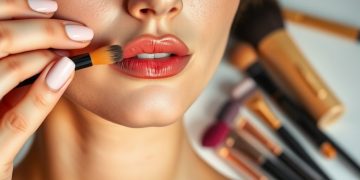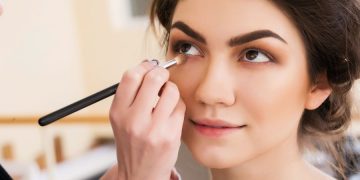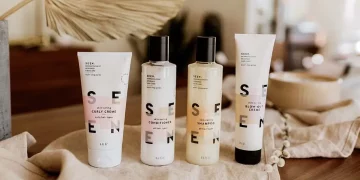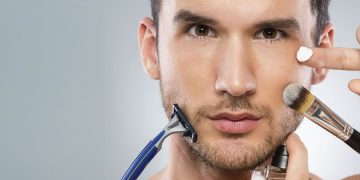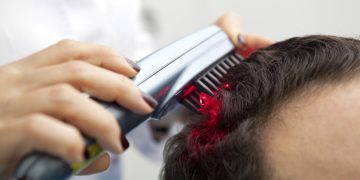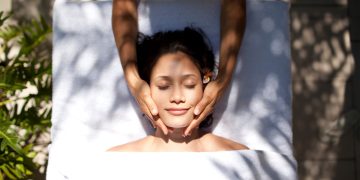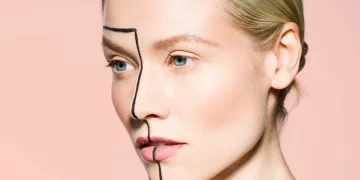Every makeup lover eventually confronts the same question: Which application tool should I use? Brushes, sponges, and fingers each offer unique advantages, and the choice dramatically affects your finish, product payoff, and overall makeup experience. While beauty trends evolve and new tools emerge, the debate persists because no one tool is universally perfect—each works best under different circumstances.
In this comprehensive guide, we explore how each tool impacts texture, absorption, and blend quality. By the end, you’ll understand not only which tool to choose but when and why. Let’s break down the science, artistry, and practical wisdom behind today’s most common makeup tools.
Why Do Makeup Tools Matter So Much?
Makeup application isn’t simply about placing pigment on the skin. It’s about:
- Texture optimization
- Pigment distribution
- Blend smoothness
- Longevity of the product
- Control and precision
Different tools produce different outcomes—even when using the same product. That means your foundation, blush, or highlighter can look dramatically different depending on how you apply it.
1. Brushes: Are They the Most Versatile Makeup Tool?
Brushes have been a staple in makeup artistry for decades, and their design ranges from ultra-soft fluffy bristles to dense kabuki shapes. Their primary strengths lie in precision and versatility.
How Brushes Affect Texture
Brushes excel in creating:
- Airbrushed finishes
- Soft diffused edges
- Even product distribution
- Layered, buildable coverage
Because bristles fan out, they naturally blend product across the skin with a soft, seamless finish.
Product Absorption
Brushes generally absorb less product than sponges but more than fingers—depending on the brush density and bristle type.
- Synthetic brushes: absorb less, ideal for creams and liquids
- Natural-fiber brushes: grab powders exceptionally well
When Brushes Work Best
- Powder foundations and setting powder
- Complex eye looks
- Powder bronzer, blush, and highlight
- Liquid foundation (if using dense buffing brushes)
- Makeup styles needing precision or smooth gradients
Expert Verdict on Brushes
Makeup artists love brushes for their control and adaptability. A good brush set can replace many other tools—especially for powder-heavy looks or advanced detailing.
2. Sponges: Are They the Secret to Seamless, Skin-Like Makeup?
Makeup sponges, particularly the iconic teardrop beauty sponge, changed the industry by offering a tool that mimics natural skin texture. When dampened, sponges expand, soften, and create the closest finish to human skin.
How Sponges Affect Texture
Sponges are ideal for:
- Seamless, pore-blurring finishes
- Melting makeup into the skin
- Natural, hydrated looking complexion
The sponge presses product into the skin instead of leaving it sitting on top, creating a second-skin effect.
Product Absorption
Sponges absorb the most product out of all tools—especially if used dry. But when damp:
- They absorb some product but offer better spreadability
- They help prevent cakiness
- They reduce streaking from heavier formulas
The downside: you may use more foundation or concealer than with other tools.
When Sponges Work Best
- Liquid and cream foundation
- Cream blushes and bronzers
- Full-face blending
- Setting powder with baking technique
- Sheer, dewy finishes
Expert Verdict on Sponges
Artists rely on sponges when they want flawless blending, especially for complexion makeup. The key is using a clean, damp sponge—never too wet, never dry.
3. Fingers: Are They the Most Underrated Tool?
Your fingers are the original—and often most intuitive—makeup tool. Body heat makes creams spread easily, and tactile feedback helps beginners feel more in control.
How Fingers Affect Texture
Fingers are excellent for:
- Warming up cream products
- Sheer, natural finishes
- Tapping and blending without streaks
- Applying shimmer or metallic textures
The warmth of fingertips helps emulsify products for a smooth, even glide.
Product Absorption
Fingers absorb almost no product, making them ideal when you want full impact or want to conserve product.
When Fingers Work Best
- Cream or liquid highlighter
- Tinted moisturizers or BB creams
- Cream eyeshadows
- Stick blushes
- Lip tints
However, fingers are less effective for:
- Powder formulas
- Heavy coverage foundations
- Precision details
Expert Verdict on Fingers
Many celebrity makeup artists use fingers to finish looks because the natural heat helps blend edges better than tools. But hygiene is crucial—wash hands thoroughly before use.

4. How Do Texture Outcomes Compare Across Tools?
For Foundation
- Brush: medium to full coverage, polished look
- Sponge: skin-like, blurred finish
- Fingers: sheer, natural finish
For Blush
- Brush: diffused and buildable
- Sponge: dewy and smooth
- Fingers: soft, flushed, intimate effect
For Eyeshadow
- Brush: layering and precision
- Sponge: only for blending cream shadows
- Fingers: intense shimmer application
For Highlighter
- Brush: light, precise glow
- Sponge: radiant and seamless
- Fingers: bold, melted glow
There is no winner—just different outcomes.
5. What About Hygiene, Maintenance, and Practical Use?
Brushes
- Need regular deep cleaning
- Can harbor bacteria in dense bristles
- Last for years with care
Sponges
- Require frequent washing
- Should be replaced every 1–3 months
- Risk of mold if stored damp
Fingers
- Need clean hands only
- No tool maintenance
- Not ideal for professional settings
Your hygiene routine often determines which tool feels most convenient.
6. What Do Experts Really Recommend?
The final truth from professionals is simple:
Use all three—depending on the product and desired finish.
Top makeup artists often:
- Apply foundation with a brush
- Press it into the skin with a sponge
- Blend highlighter with fingers
It’s not about choosing one tool—it’s about creating the perfect combination.
7. So, Which Tool Works Best Overall?
There is no single “best” tool. Instead:
Choose a Brush If You Want:
- Precision
- Powder perfection
- Buildable, structured looks
Choose a Sponge If You Want:
- Seamless, dewy skin
- Natural blending
- Effortless complexion work
Choose Fingers If You Want:
- Quick application
- Minimal coverage
- A natural glow
The best tool is the one that supports your lifestyle, technique, and preferred finish.
Conclusion: Should You Stick to One Tool or Mix Them?
If your goal is versatility and artistry, using all three tools will elevate your makeup game. If you prioritize speed and simplicity, fingers might win. If your goal is flawless complexion, a sponge may be your hero. And if you crave structure and polish, brushes are unmatched.
Understanding the strengths and limitations of each tool empowers you to choose strategically—so every product looks its best on your skin.









